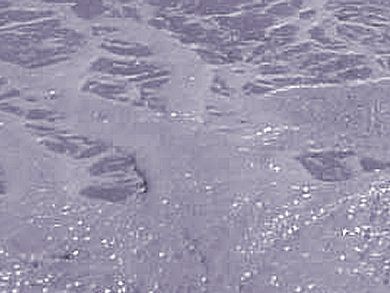The effluents of wastewater treatment plants in small sized communities of less than 2,000 population equivalent (PE), which are discharged into sensitive receiving water environments, must receive “appropriate treatment” according to the EU Urban Wastewater Treatment Directive. Appropriate treatment depends on the quality objectives of the receiving waters as well as the relevant provisions of the member states. Only a limited number of studies examined the environmental impacts of small-scale wastewater treatment alternatives.
Mustafa Yıldırım, Antalya Water and Wastewater Administration General Directorate (ASAT), and Bülent Topkaya, Akdeniz University, Antalya, Turkey, evaluate by the life cycle assessment (LCA) approach wastewater treatment options, such as vegetated land treatment (VLT), constructed wetlands (CW), and activated sludge treatment (AST), by which effluents are discharged to sensitive and less sensitive areas. Data related to energy usage, land requirement, raw material consumption, and released emissions from the life phases were collected and the environmental impacts were assessed by using SimaPro 7.1 LCA software.
For small-scale communities with less than 2,000 PE and effluent discharges into less-sensitive environments, VLT and CW are the most environmental friendly options. AST can replace the natural treatments in case not enough leand is available. By discharge into sensitive areas from these communities with less than 500 PE, VLT and CW can be the best option. For greater capacities AST should be preferred.
- Assessing Environmental Impacts of Wastewater Treatment Alternatives for Small-Scale Communities,
Mustafa Yıldırım, Bülent Topkaya,
Clean Soil Air Water 2012, 40 (2), 171–178.
DOI: 10.1002/clen.201000423




